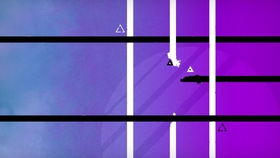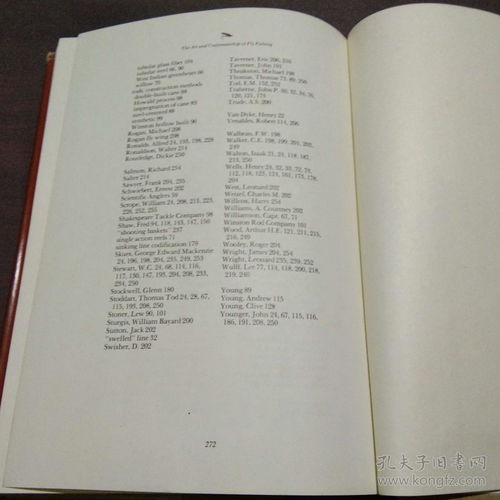Introduction:
Spinning rod fishing is a popular and exciting method that has captivated anglers worldwide. It's a technique that requires patience, skill, and a good understanding of the equipment. One of the key tools in spinning rod fishing is the spinning rod, also known as the "sea rod." In this article, we will delve into how to use a sea rod effectively, along with some essential tips and tricks to help you become a proficient spinner.
Understanding the Sea Rod:
Before we dive into the techniques, it's important to understand the sea rod itself. A sea rod is designed for casting lighter lures and baits over longer distances. It typically features a fast-action tip for sensitivity and a stiffer midsection for power. Here's a breakdown of the components:
- Handle: Provides the grip and balance for the rod.
- Guides: Help guide the line through the rod and reduce friction.
- Tip: The most sensitive part of the rod, which bends when a fish takes the bait.
- Reel Seat: Holds the reel securely in place.
- Butt: The part of the rod that connects to the reel.
How to Use a Sea Rod:
Choosing the Right Rod:
- Select a rod that matches the type of fishing you plan to do. For instance, a lighter rod is ideal for lighter lures and smaller fish, while a heavier rod is better for larger lures and bigger fish.
- Consider the action of the rod, which refers to how much it bends under pressure. Fast-action rods are good for casting and quick hooksets, while slow-action rods are more forgiving for beginners.
Attaching the Reel:

- Secure the reel to the reel seat using the provided screws and washers.
- Make sure the reel is balanced with the rod to ensure smooth casting and fighting.
Loading the Line:
- Thread the line through the guides from the tip to the butt of the rod.
- Attach the line to the reel with a knot, such as an improved clinch knot or a Palomar knot.
Choosing the Right Lure:
- Match the lure to the type of fish you're targeting. For example, use a smaller grub for panfish and a larger spoon for bass.
- Ensure the lure is properly weighted for the casting distance you plan to achieve.
Casting Techniques:
- Hold the rod with a comfortable grip, using the index finger to control the tip.
- Load the rod by lifting it slightly, then accelerate the casting motion with a smooth, wrist-flick action.
- Aim the rod tip at the target, then release the line as you reach the end of your casting stroke.
Reeling in the Line:
- After casting, let the lure sink to the desired depth.
- When a fish strikes, set the hook by jerking the rod quickly.
- Reel in the fish carefully, maintaining tension and avoiding slack in the line.
Advanced Techniques:
Jigging:
- Use a slow, rhythmic motion to make the lure look more lifelike to fish.
- This technique is effective for species like walleye and pike.
Trolling:
- Attach the lure to a line and let it drift behind the boat.
- Trolling is great for covering water and targeting fish that are spread out.
Twitching:
- Move the lure in short, sharp bursts to mimic the action of a struggling baitfish.
- This technique is particularly effective for species like trout and bass.
Safety and Etiquette:
- Always check the weather and water conditions before going fishing.
- Use a fishfinder or map to avoid hazards like rocks and reefs.
- Respect the local fishing regulations and practice catch-and-release where appropriate.
Conclusion:
Using a sea rod for spinning rod fishing can be a rewarding and enjoyable experience. By understanding the equipment, mastering the casting techniques, and employing advanced fishing methods, you'll be well on your way to becoming a proficient spinner. Remember to practice safety and etiquette, and most importantly, have fun out on the water!












